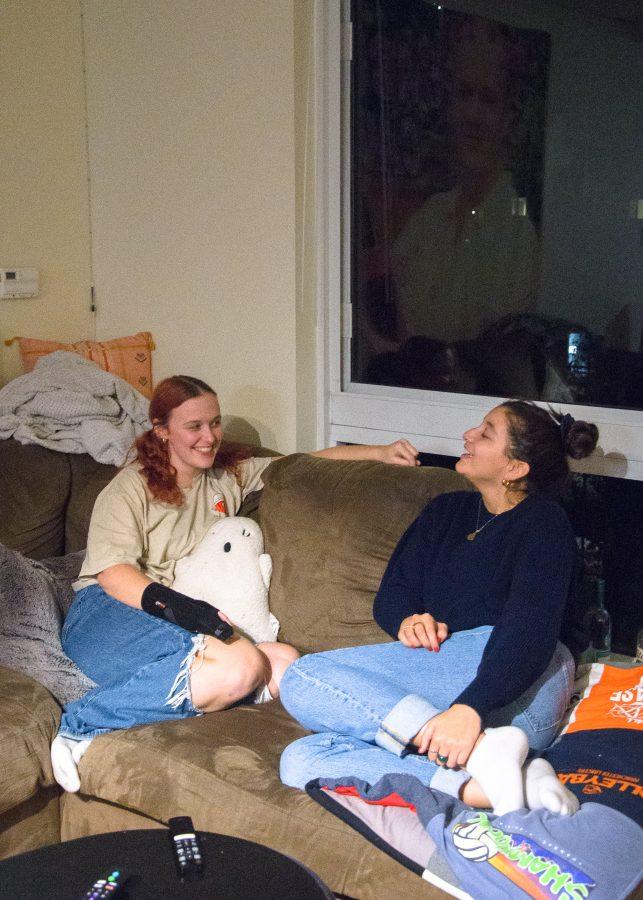In the present day, it always seems to feel like we are in a constant state of fight or flight. With ever-changing political climates and frequent uncharted circumstances, it’s hard not to be. However, navigating these anxieties takes time and energy that isn’t always available.
The trick is to fall back into a pre-established safe space. Your safe space isn’t a physical place–although it can be–but more like routines and behaviors that are familiar. The familiarity brings a sense of security that is essential to get through any negative emotions.
The first step is recognizing the signs. For me, before I even consciously acknowledge the anxiety, I feel nauseous. Other signals could include headaches, tiredness and confusion. After realizing what your body’s cues are, you can start to catch worries and anxieties early on before they spirals out of control.
Your first instinct when feeling these emotions is probably to retreat into your room or another comfortable space. The appeal of these places is the familiarity that is essential for decreasing anxiety.
While it’s important to have a physical place to go when you’re stressed, there are going to be times that that space isn’t available. That’s why you have to create a safe mindset to retreat into instead.
Last semester, my living situation brought a lot of stress and anxiety, which meant I was forced to find my safe space elsewhere. I found various places across campus and in the city that helped me find comfort. The trick to this is building a toolkit that you can take with you to each of these spaces, so you can feel safe and comfortable.
The easiest step to take in doing this is finding a comfort album or artist to listen to when you want to relax. Calmer music tends to work better in these situations because it can regulate your heart rate through the lower beats per minute. My favorite artist for this is Phoebe Bridgers, and I usually listen to her on my way home from work as a way to destress.
Music isn’t the only way to create a positive mindset. Surrounding yourself with people who support you is another great way to build a safe space. These people should always be looking out for your best interest and make you feel confident in yourself.
Take time to reflect on the people in your life and ask yourself if they serve a positive role in your life. Interactions with your loved ones should leave you feeling better about yourself, not worse.
Once you find your people, you can talk to them to slowly build yourself up from a low place. Furthermore, they can help you learn about yourself and how you can function at the best of your ability. You can use this as a framework to create a restorative safe place. Building your safe place is about a lot of reflection on how you can function to the best of your ability.
Another way to help build this mindset is to create routines. A de-stress routine can be super helpful in this case. This can be a combination of self care and mindfulness activities that take your focus away from different stressors.
I find that when I am at work, a lot of the tasks are easy and mindless, so I go into a zone where I am just thinking and focusing on the music playing in the background. Finding tasks that can get you into this zone is really helpful in calming yourself down and focusing on your thoughts and emotions.
Creating a safe space is an essential part of surviving life and all of its many hardships. Through music, people in your life and destressing routines, you can build a safe space that will aid you in stressful and anxiety-inducing situations.



